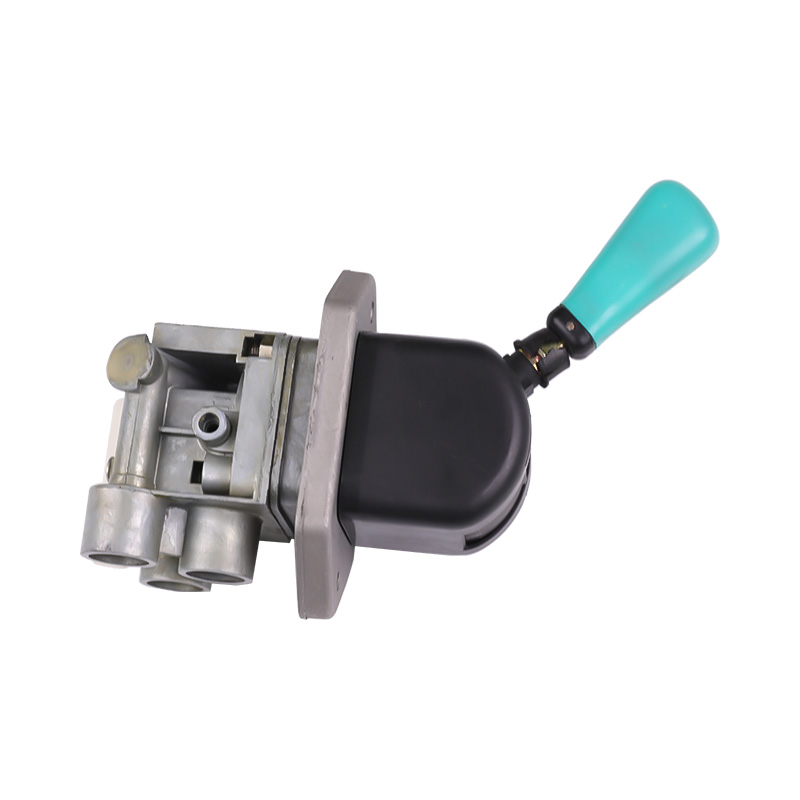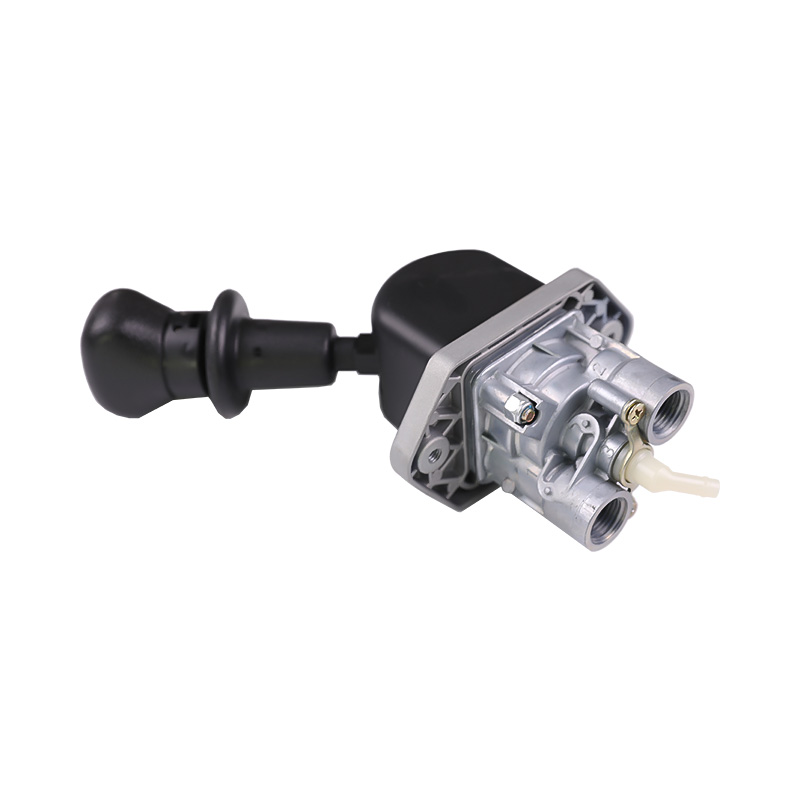Smooth gear shifting in trucks is heavily reliant on the proper functioning of gearbox valve products. These valves act as control mechanisms, regulating the flow of hydraulic fluid and ensuring seamless engagement and disengagement of gears within the transmission system. The gearbox valve's role in achieving smooth gear shifting is paramount, and several key aspects highlight its importance:
Precise Hydraulic Control: Gearbox valve products are designed to provide precise control over hydraulic pressure within the transmission. As the driver initiates a gear change, the gearbox valve modulates the hydraulic pressure to smoothly engage or disengage the desired gear. This precise control is essential to prevent sudden or jerky gear shifts that can lead to discomfort and potential damage to the transmission components.
Synchronization of Gear Changes: In manual transmissions, smooth gear shifting requires synchronization between the engine speed and the road speed to achieve a seamless transition between gears. Gearbox valves, in combination with synchronizers, ensure that the gear and engine speeds are appropriately matched before engaging the next gear. This synchronization minimizes gear clash and allows for smooth gear changes.
Adaptation to Driving Conditions: Different driving conditions, such as uphill climbs, highway cruising, or stop-and-go traffic, demand different gear ratios. Gearbox valves are designed to adapt to varying driving conditions, ensuring that the transmission selects the appropriate gear for optimal performance. The ability to adapt to different scenarios contributes to smoother gear shifting and improved overall driving experience.
Automated Transmission Systems: In modern trucks equipped with automatic or semi-automatic transmissions, gearbox valves play a central role in the operation of the transmission control unit (TCU). The TCU relies on information from various sensors to make real-time decisions about gear changes. The gearbox valve assists the TCU in precisely controlling hydraulic pressure to achieve smooth gear transitions without any manual intervention.






